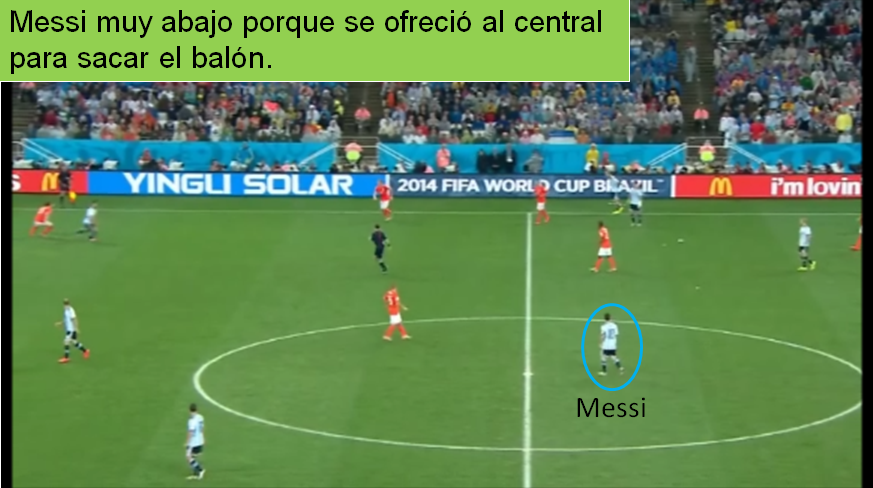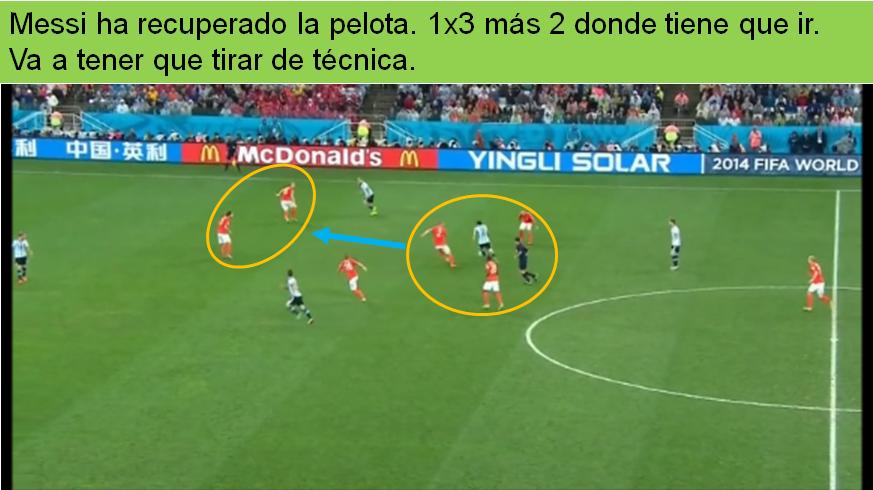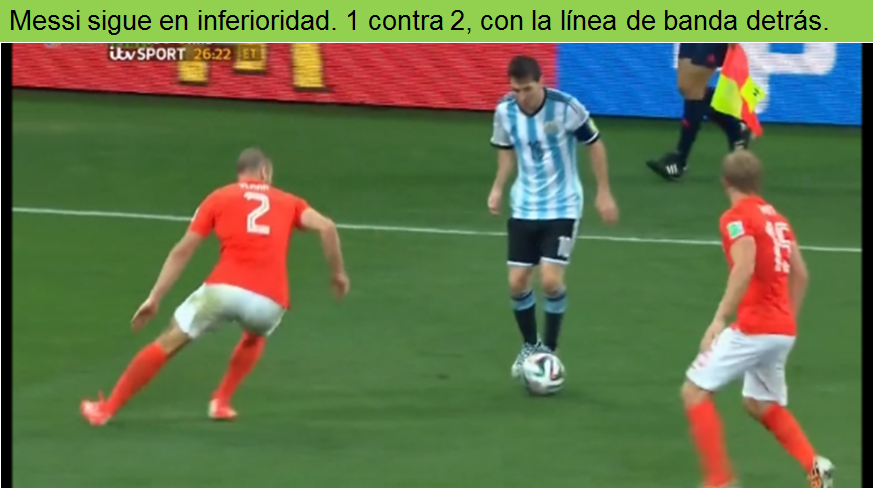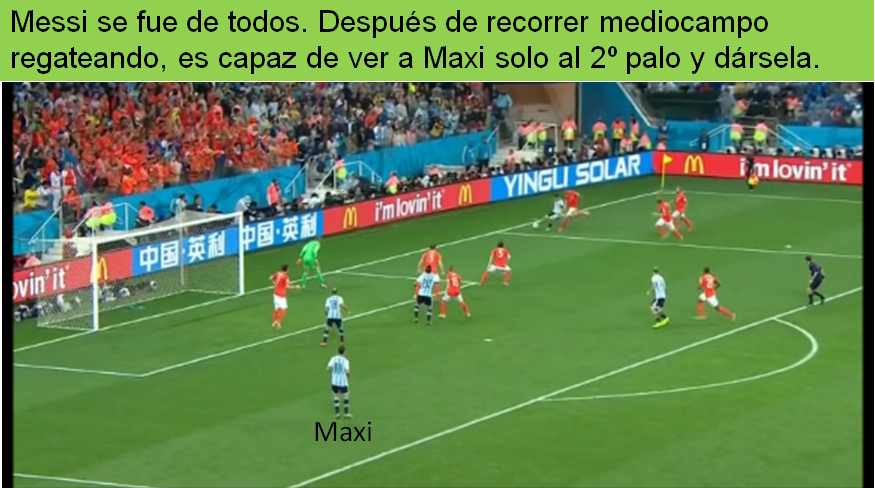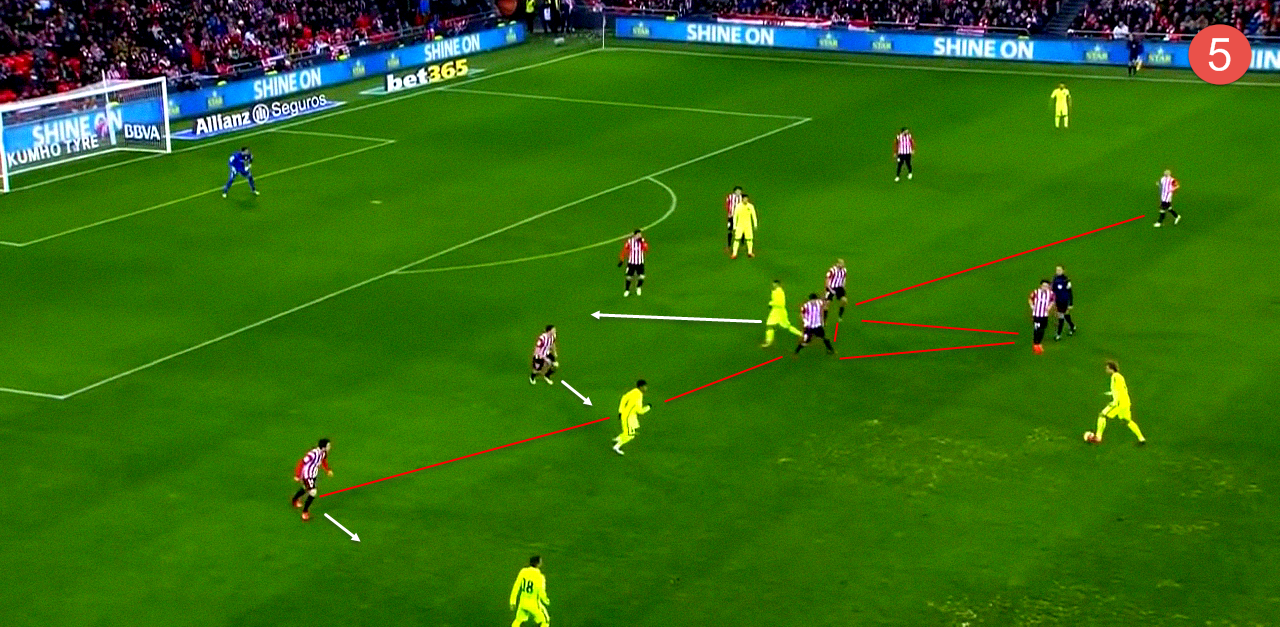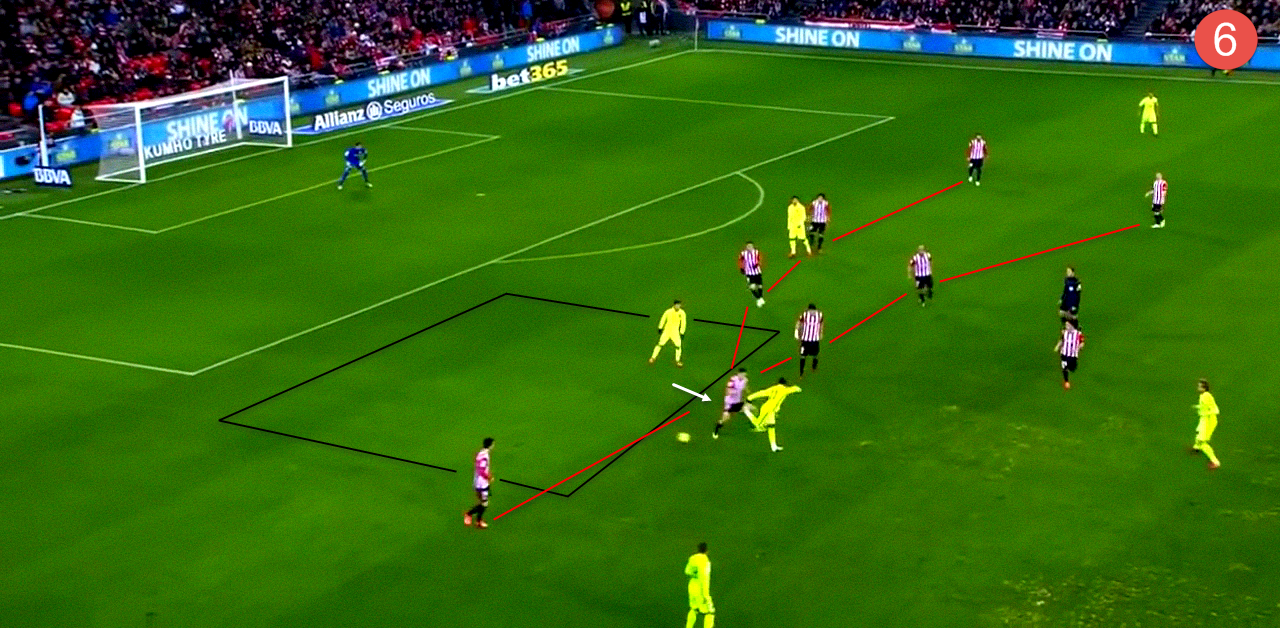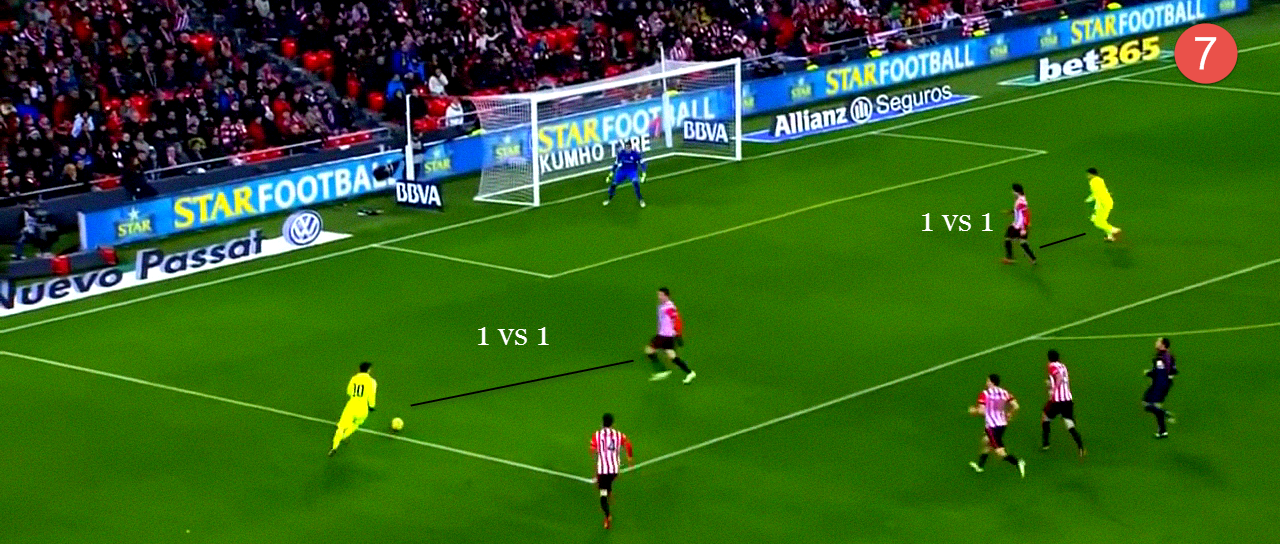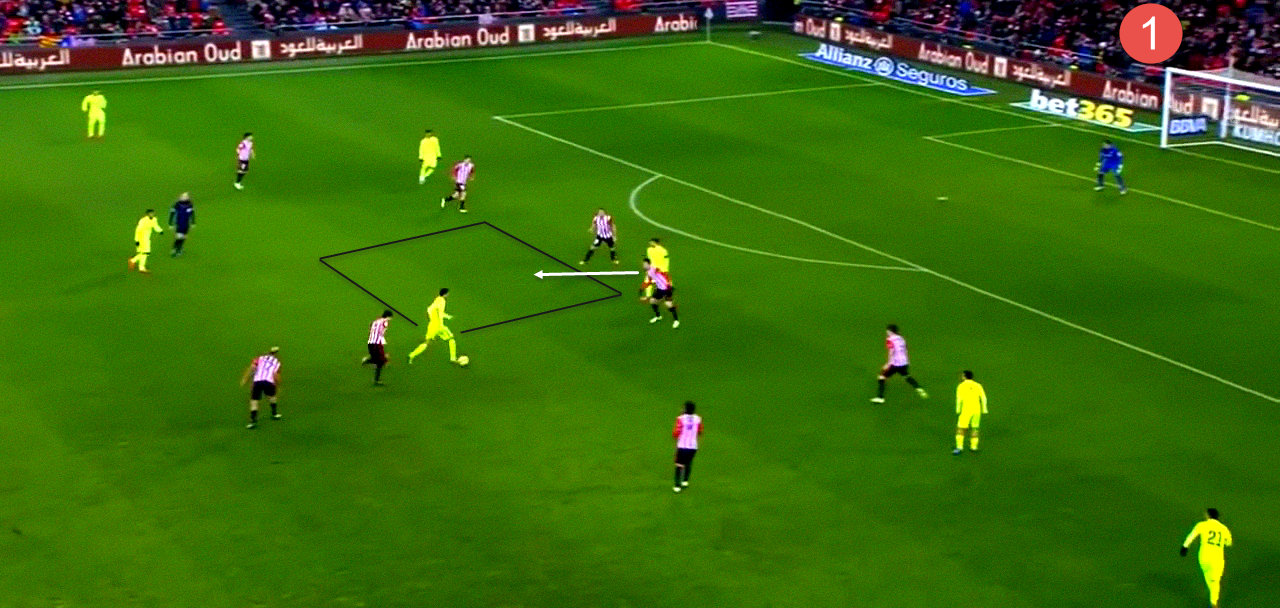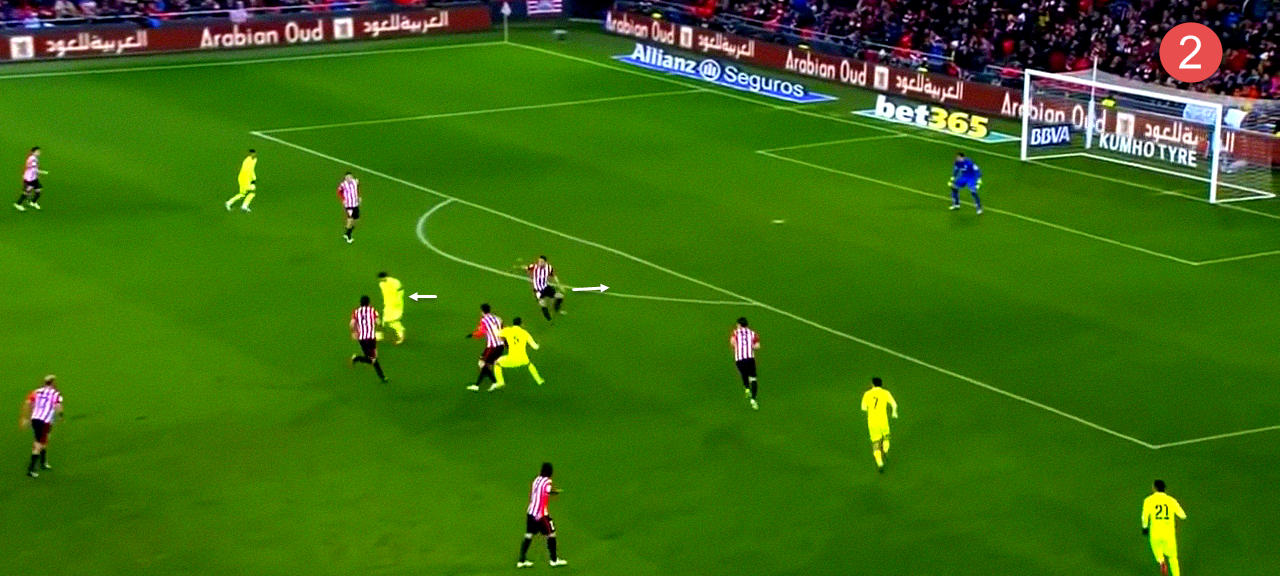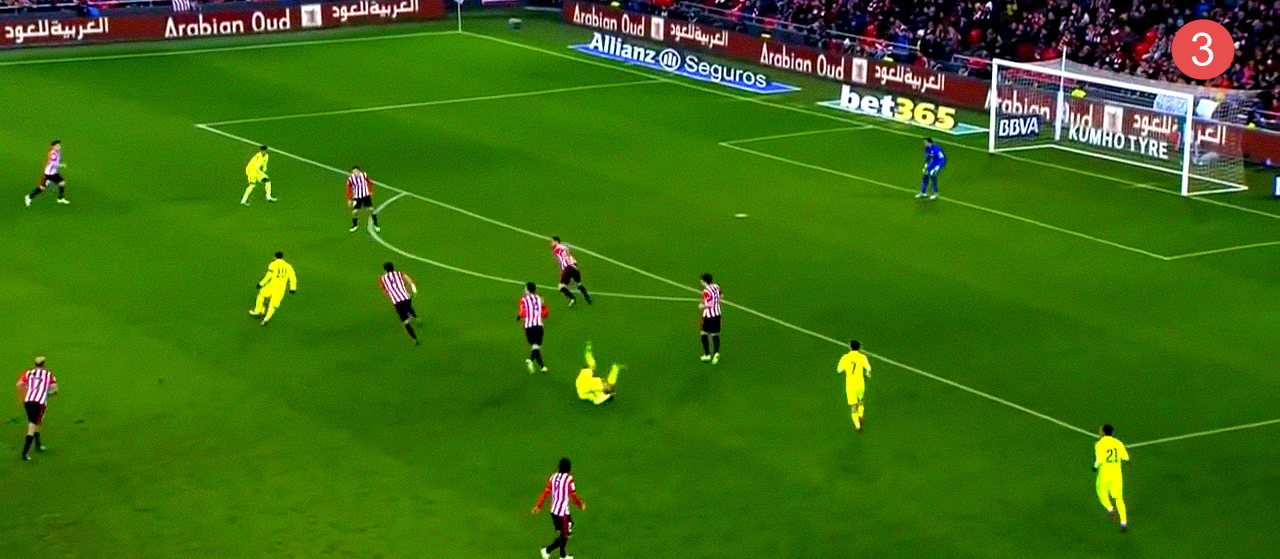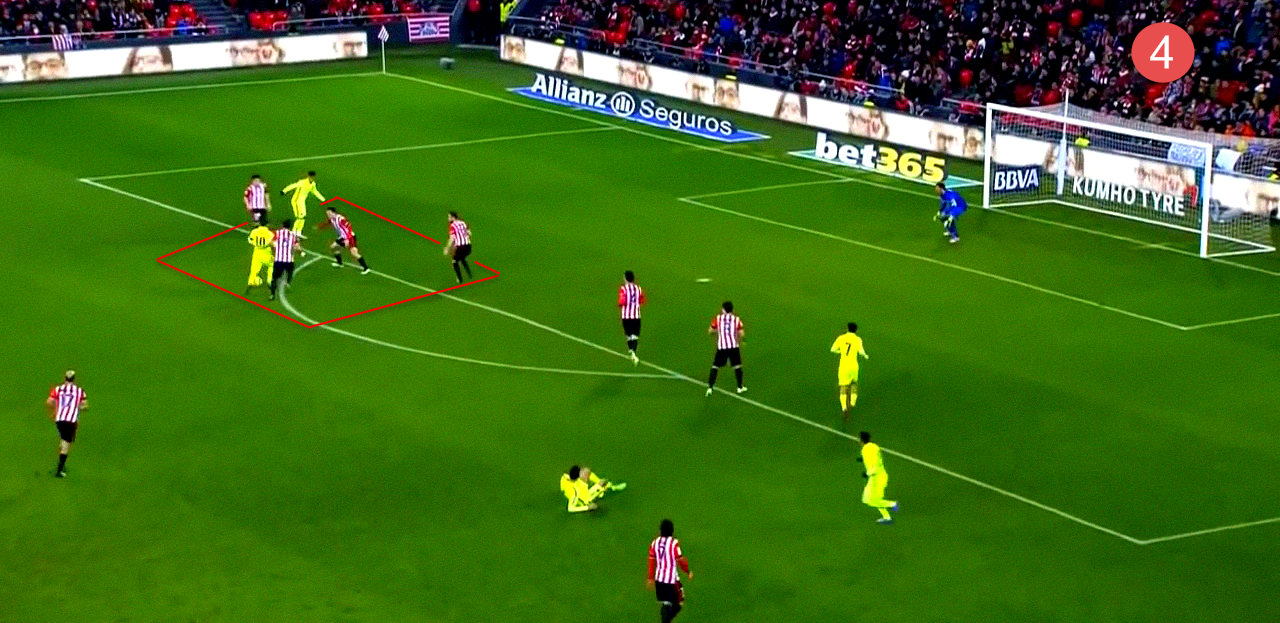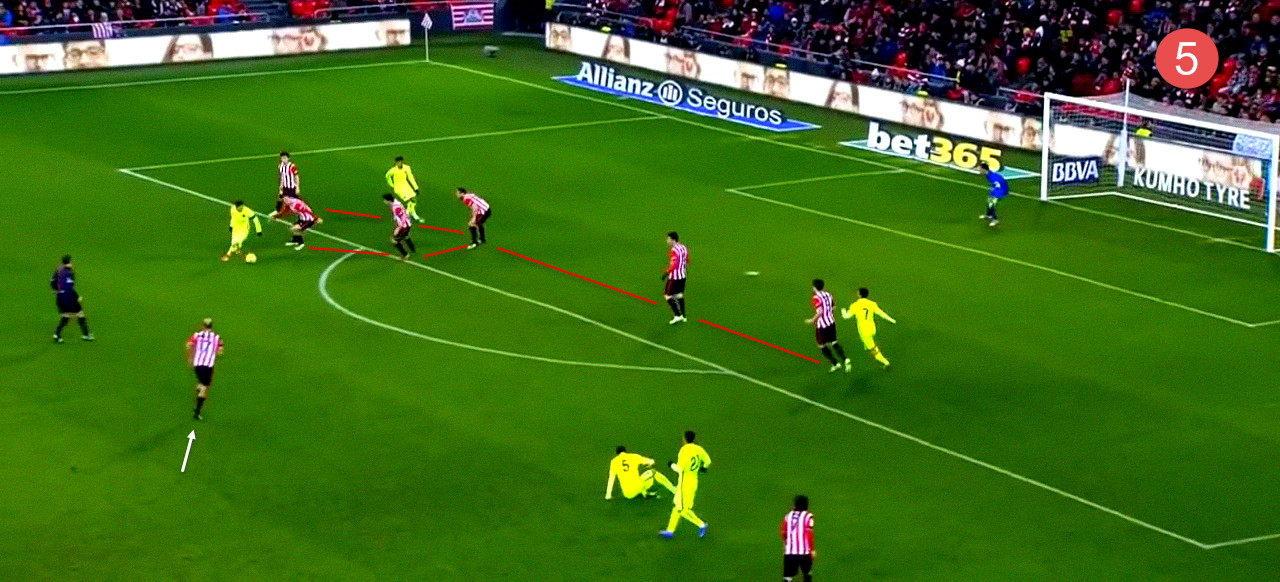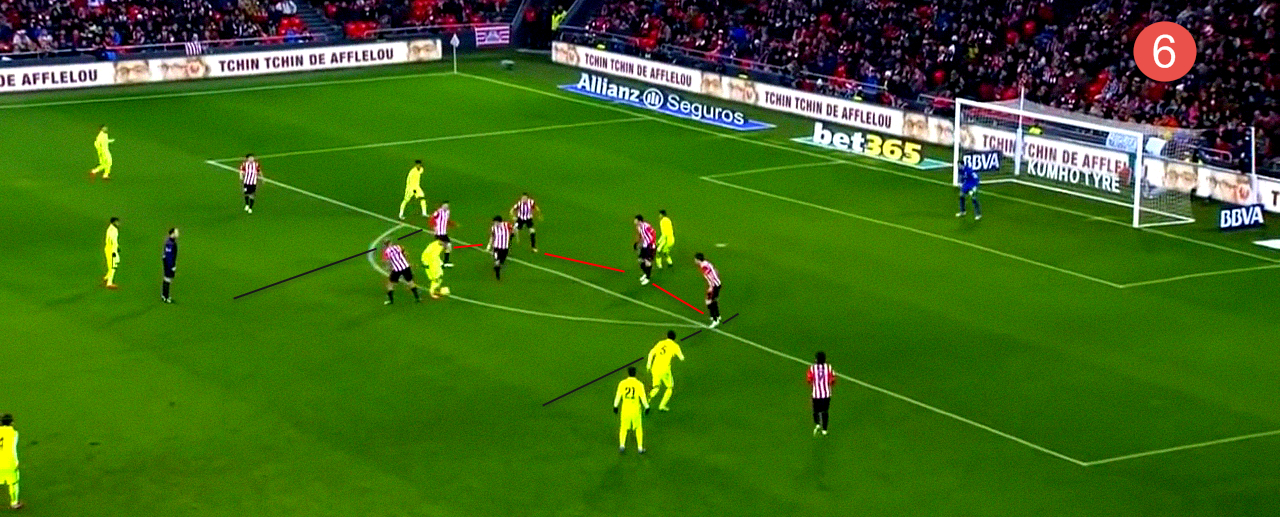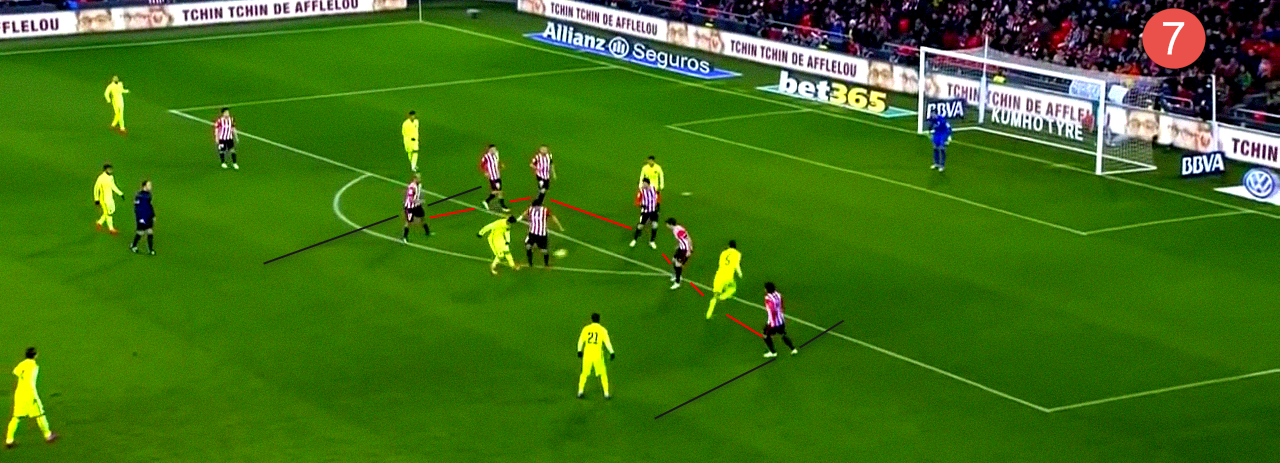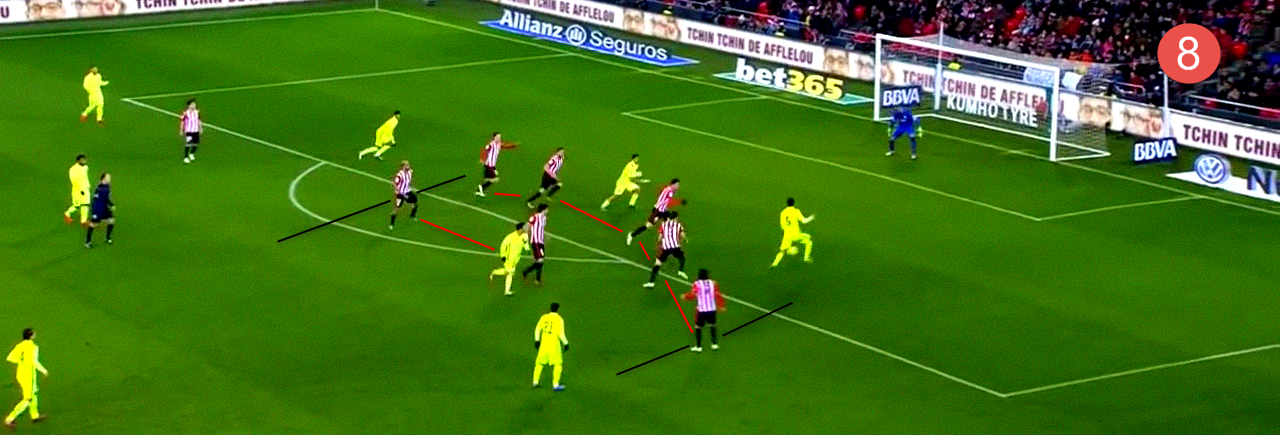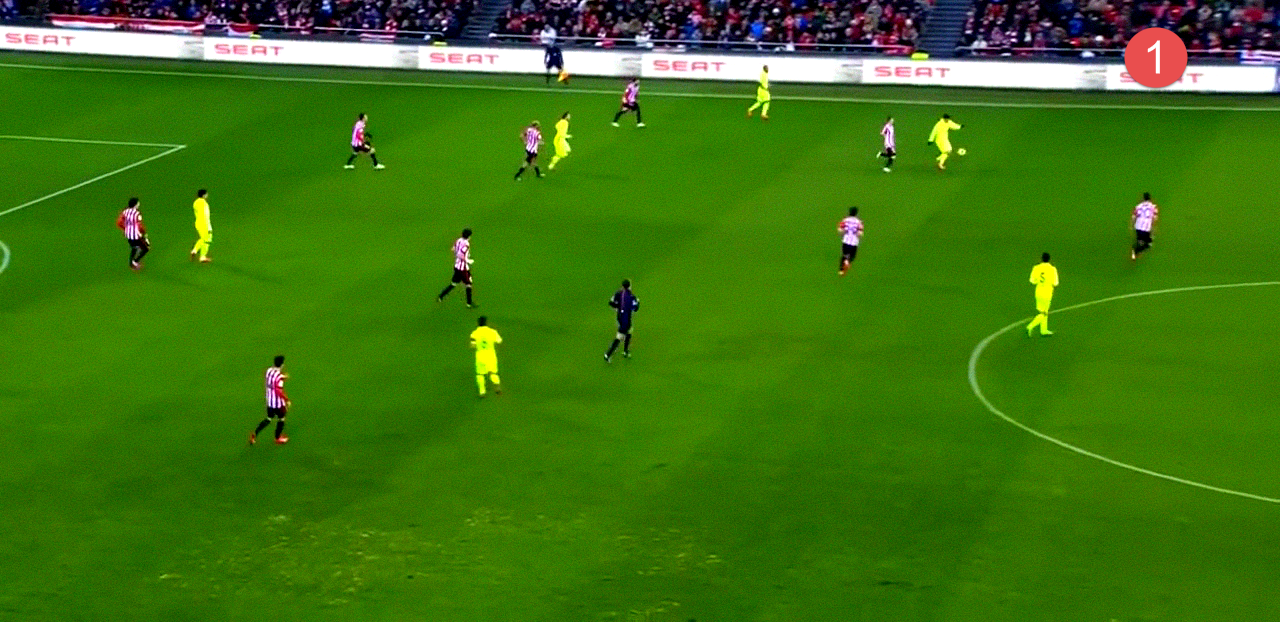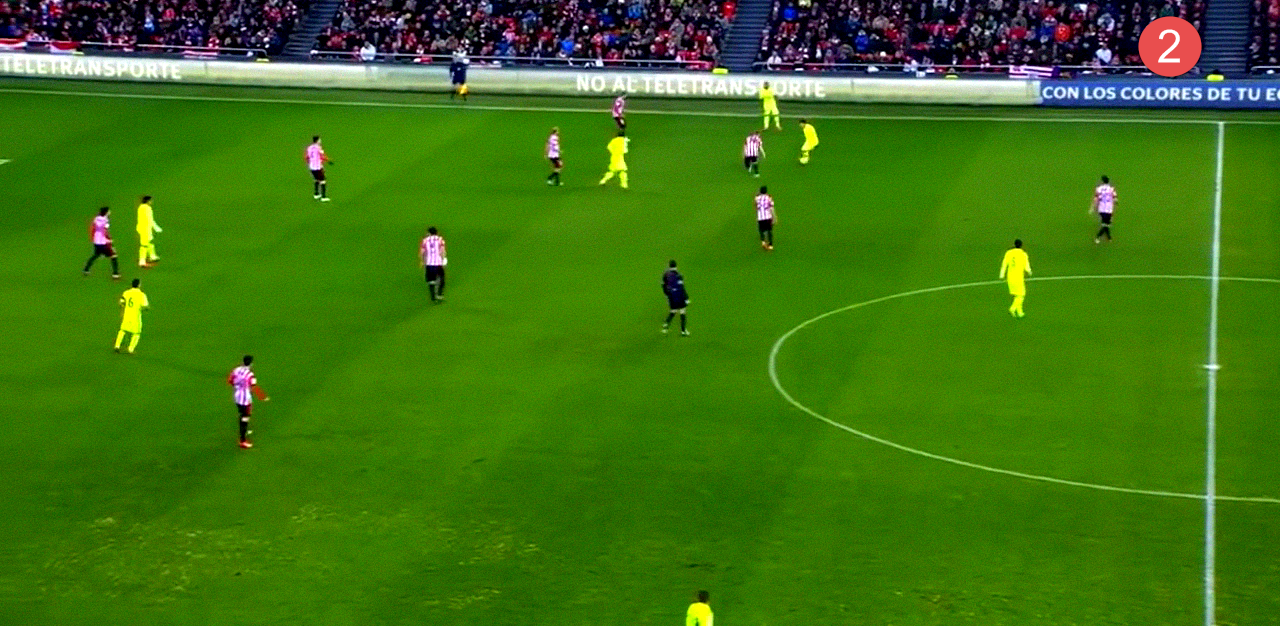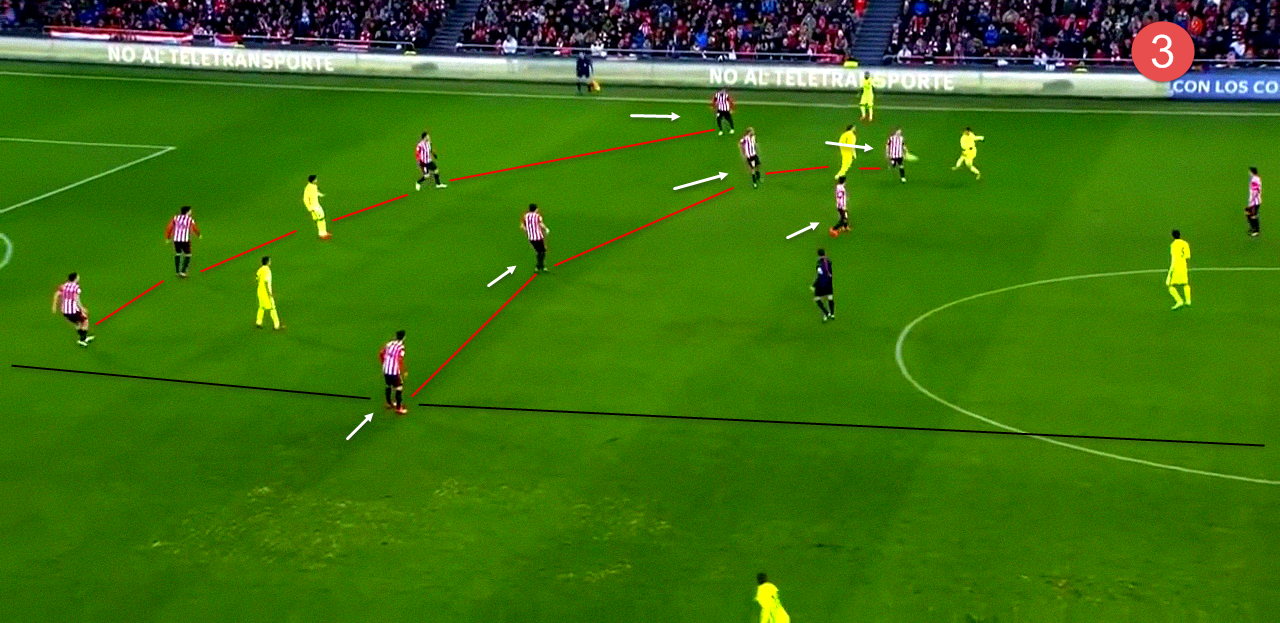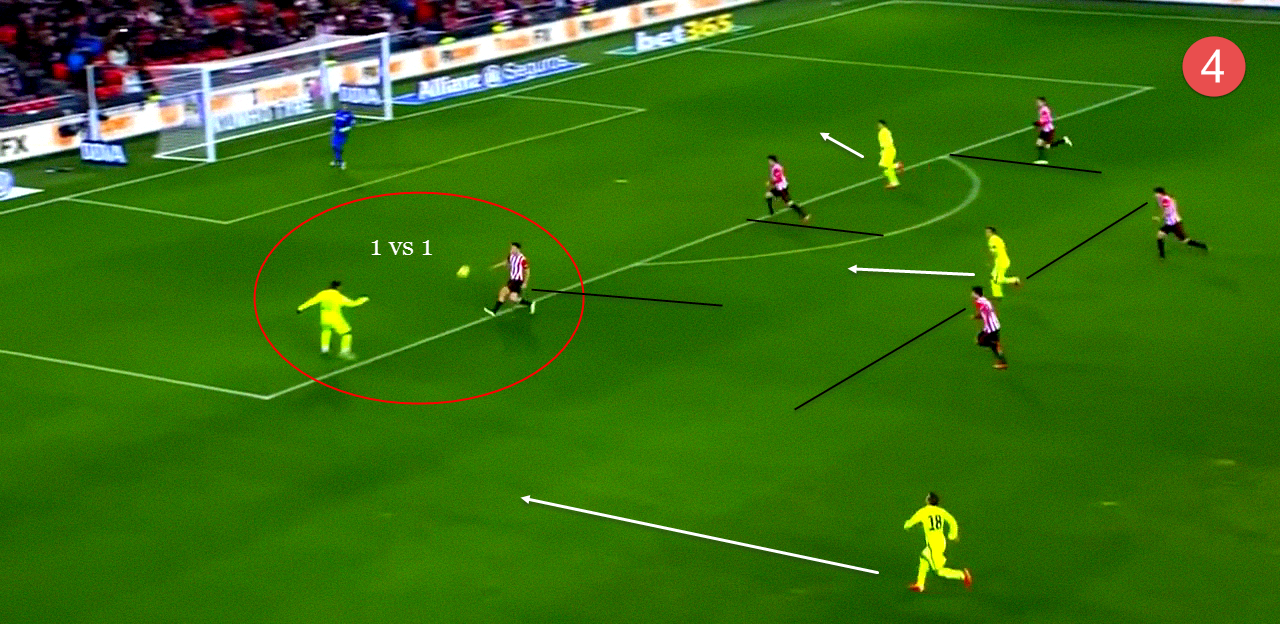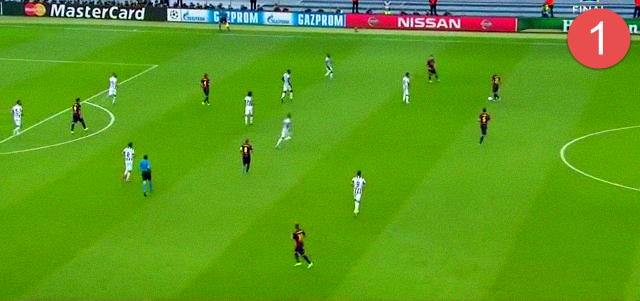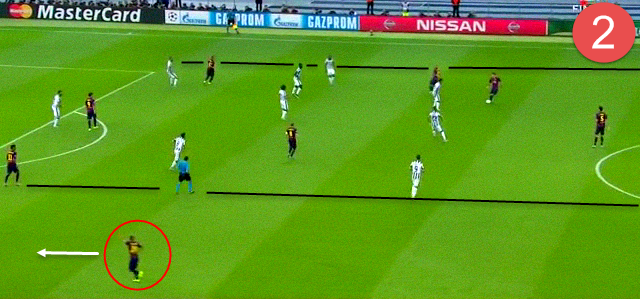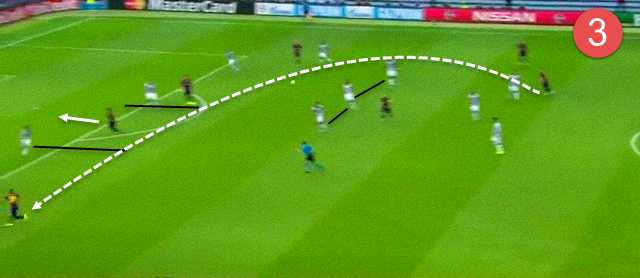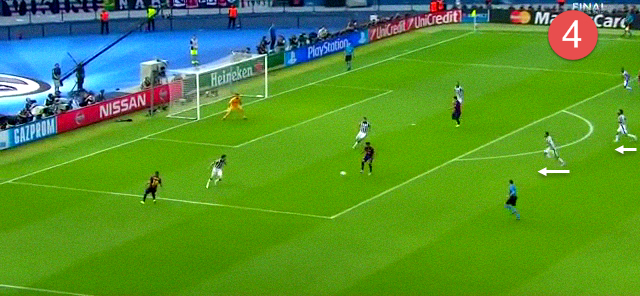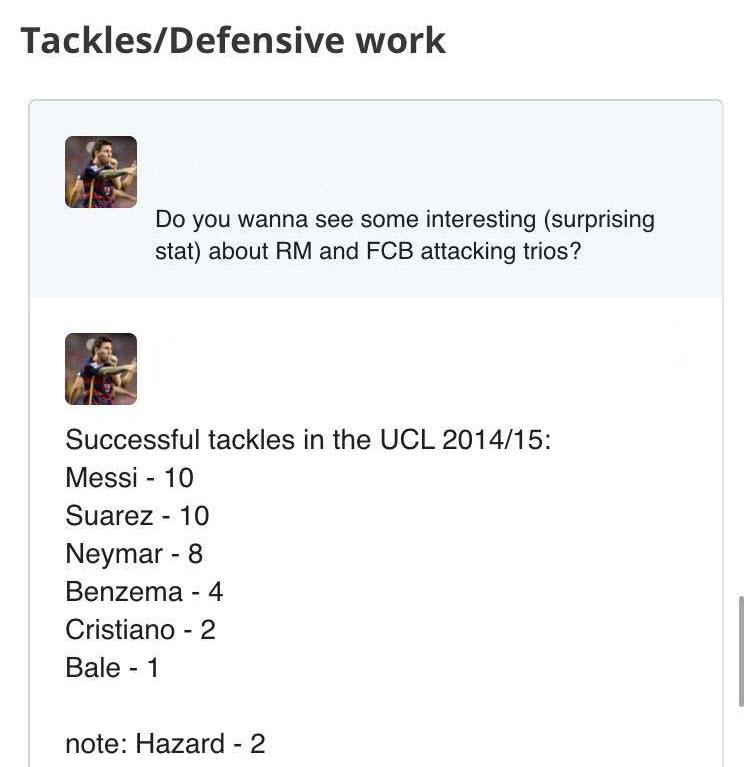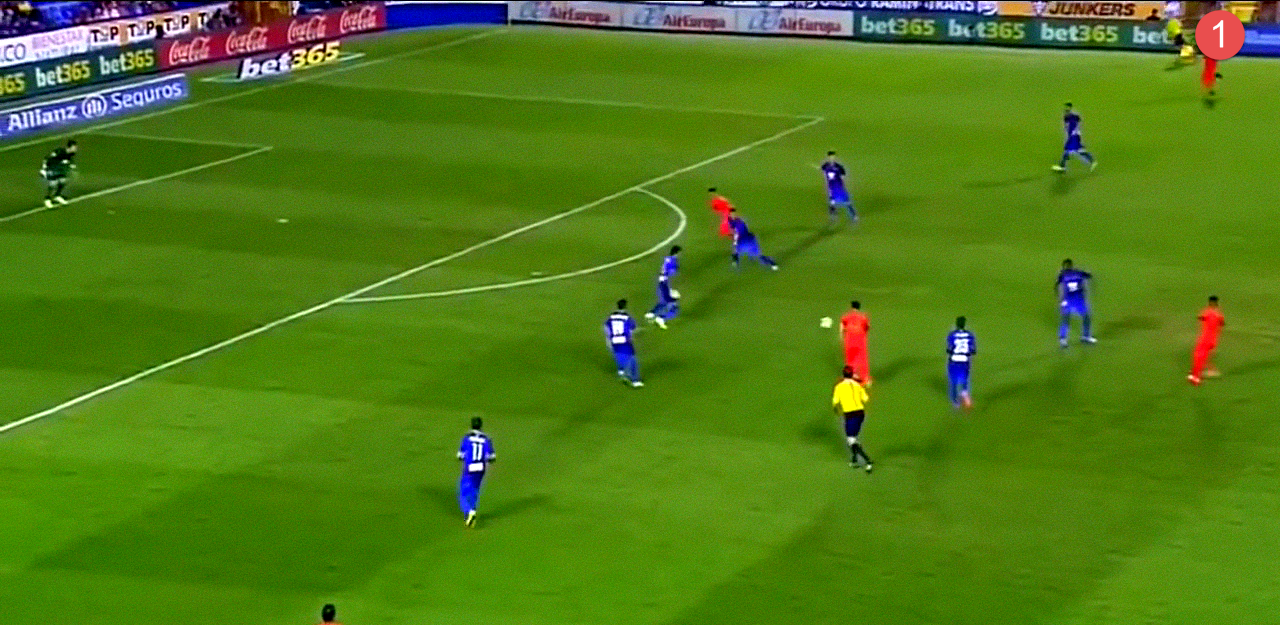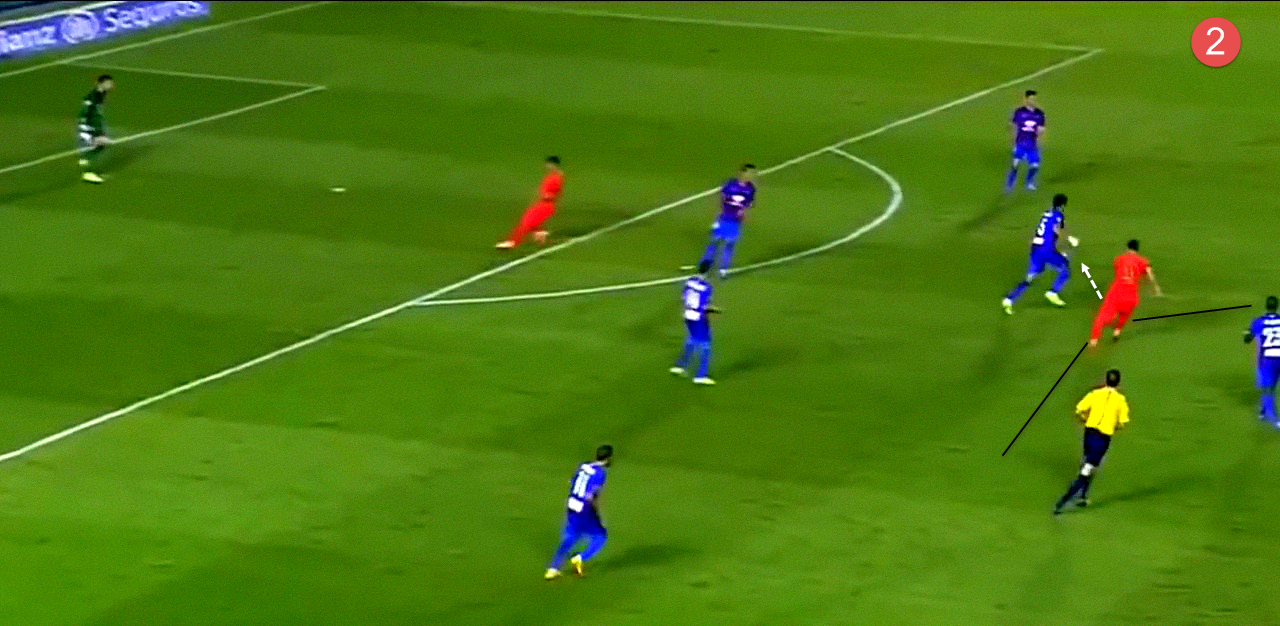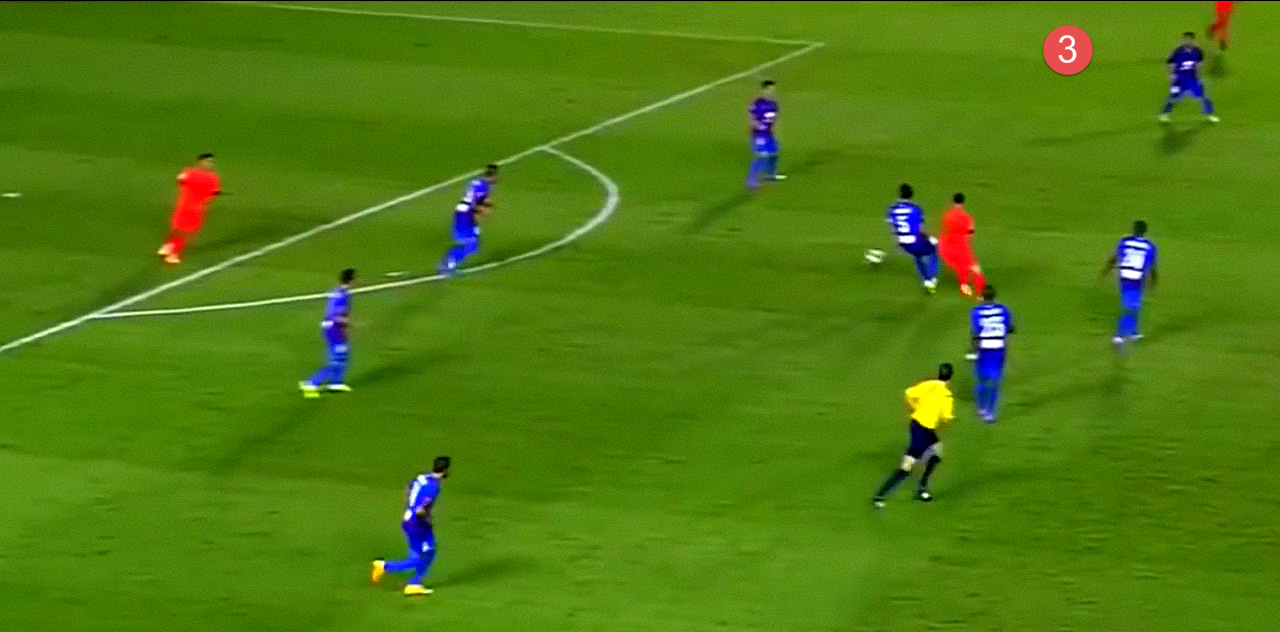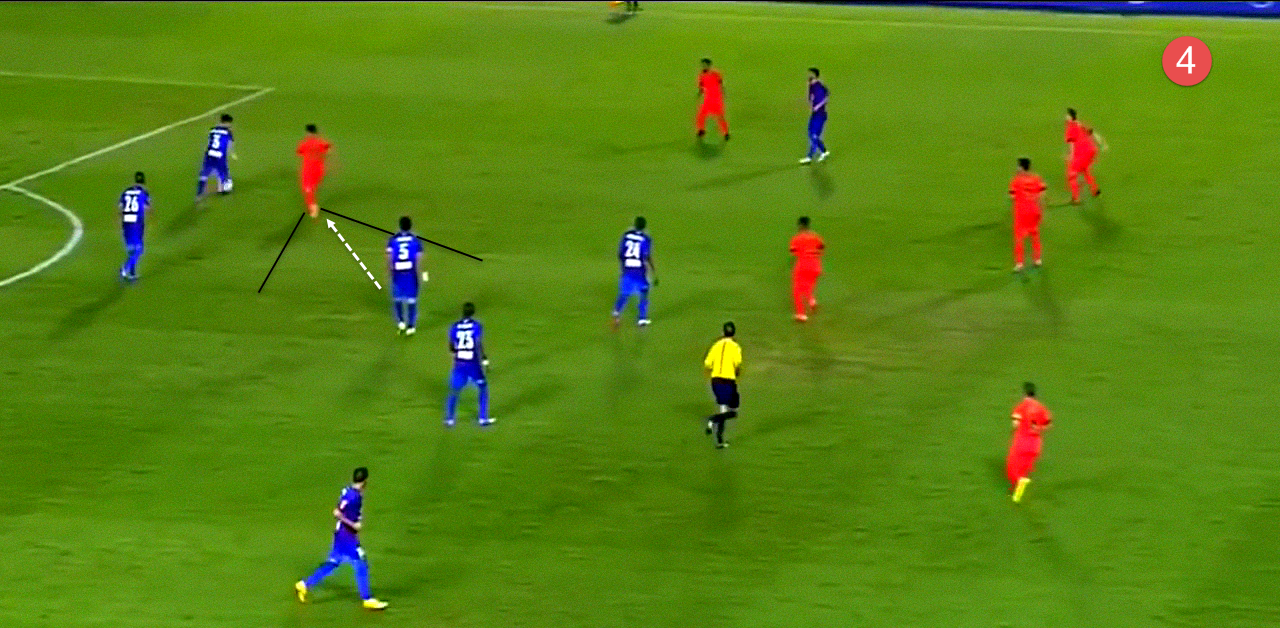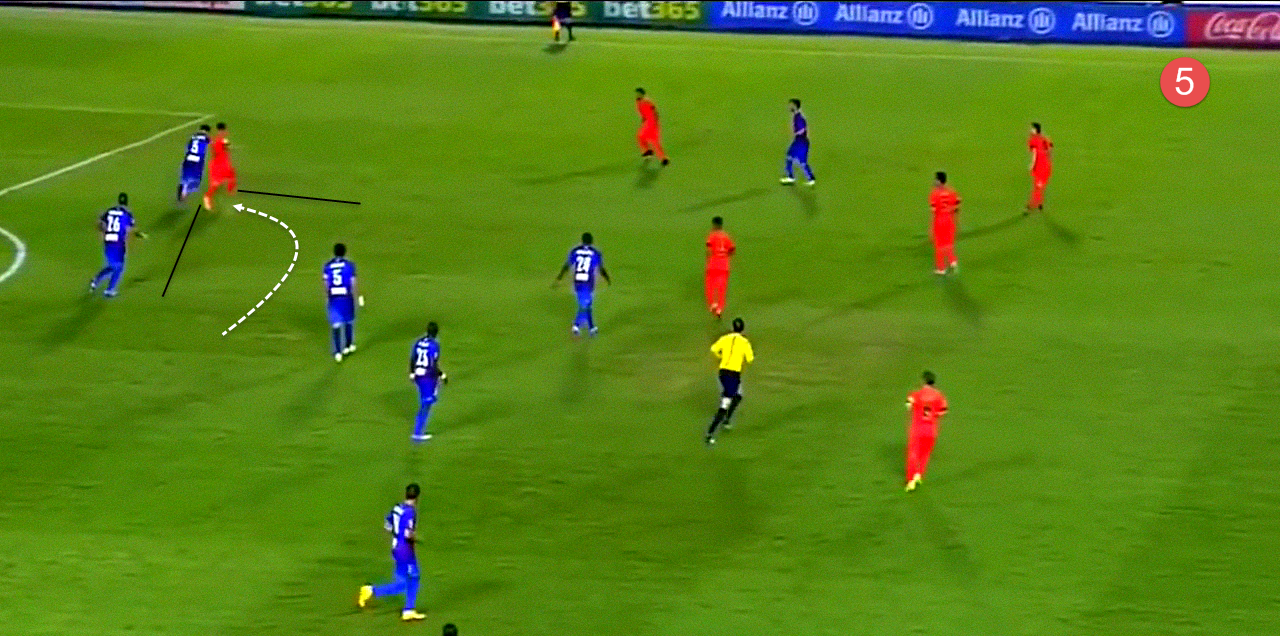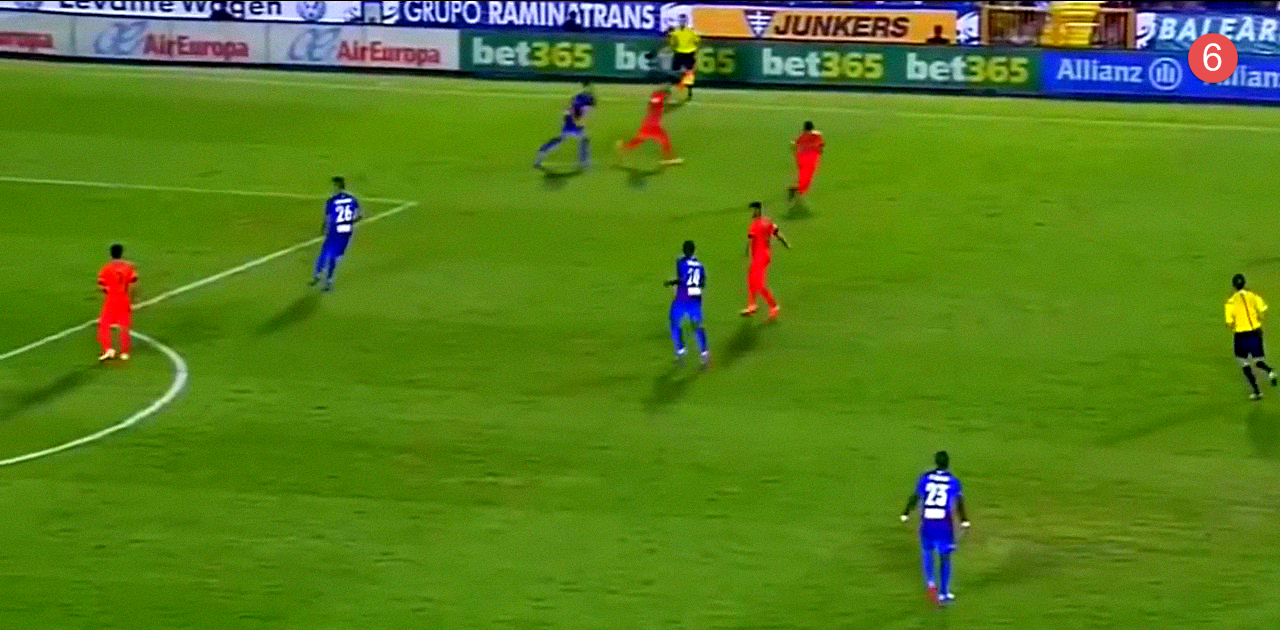Táctica / Análisis / Jugadores / English
Player Analysis – Lionel Messi
I have tried to be as objective as possible for my conclusions when it comes to carefully pick out the possible worthy winner of the BallonD’or 2015 aka to choose which player I believe has been the most dominant one during 2015.
The 14/15 season was a season with many fine performances, some examples worth mentioning are: Juventus, Sampaolis Chile whom won the Copa America for the first time ever and of course the ‘’triplete’’ season of FC Barcelona. If there is someone to praise except the fantastic attacking-trio of Barcelona, it is Coach Luis Enrique. He has fine-tuned the system of Barcelona, especially by the way the midfielders now work in order to open up space for the talented strikers to work in, compared to Guardiolas system, where the wingers were much more wing-oriented (which was even mentioned by Thierry Henry here)
I dedicate this article to Lionel Messi, a player that dominated and performed almost every single game and especially in the vital ones.
RONALDO & MESSI
Many tries and tend to compare the two great players by statistics which can be a fun thing to do, but is quite irrelevant if you ask me, due to the fact that it is much more important to try and watch/understand the players role and how he is influencing the game. For-example how and what the player is contributing for his team and the overall effect the player has for the team during the different phases of the game. The most obvious aspect is the way Messi affect the game in the attacking third of the game or what I call more cardinal parts of the pitch (closer to the goal).
Except the goals Messi scores in important games, the Argentinian is also much more ‘’active’’ and contributes to his/is more dimensional in his game than for-example Cristiano Ronaldo, whom is much more direct and has a more one dimensional style of play. Messi is not only contributing in the more cardinal zones of the pitch, but is also very useable as a winger, central based player (forward), false-nine or even at some time penetrating in the middle third of the pitch. Now to understand why and how Messi is able to perform in all of these ‘’roles’’ is due to his exceptional way of understanding the tactical aspects of the game. He has a great vision/positional play which makes him very important for the team as he is constantly reading the game and knows when to for-ex drop deeper into the midfield to drag an opponent with him away from a space or create an overload centrally. To me, Messi is not only an extreme technical gifted player but does also contribute and affect much more in the tactical aspects of the game (as I’ve mentioned). That’s why Messi is a better ‘’team-player’’ than what Cristiano Ronaldo is.
‘’Messi wins the ball playing as the false no.9. If you put him at the left-back, he would be just as good. He is the best defender in the world’’.
Pep Guardiola
Now, reading this makes me question why one of the best coach (at least tactically) praises the defensive qualities of Messi. Could it be that Guardiola is referring to that Messi is much more than an attacking player and by stating this he is basically noticing the overall football intelligence of Leo Messi.
MESSI, THE #10 OF BARCELONA
Messi is/has due to his technical abilities a lot of advantages when trying to solve the situations that occurs during small spaces in the pitch, where there is a lot of intensive pressing towards the player in possession of the ball, which makes Messi a brilliant pressing-resistant player, because what is very obvious when watching Messi play, is how he controls the ball in these condensed spaces of the pitch (for-ex between the back and midfield line). Besides the exceptional technical abilities that Messi do possess, he is combining this with the ability to constantly read the situations during the game. This makes it look like Messi is always on the ‘’right place at the right time’’, which means that his ‘’timing’’ to the situations during games (in relation to for-ex the ball, space, teammates, opposing positions). This is something that happens to often to be conclude as something ‘’random’’.
Something that is also worth mentioning is that for a player like Messi to reach his full potential, there has to be a good communicational collaboration within the team. This also means that the level of the teammates has to be top level in these aspects. They have to understand and take advantage of the situations that the Argentinian wizard does create for the team, which raises the overall efficiency of Messi and the importance of his role during the game (a bad example can be his games with Argentina).
‘’There’s only one moment in which you can arrive in time. If you’re not there, you’re either too early or too late.’’
Johan Cruyff
Here we can see the positional play of Barcelona (notice how Xavi has occupied the space/zone that Messi has left , due to Messi penetrating closer to the opposition goal.)
Busquets passes the ball to Messi who is positioned in front of the midfield line of Bilbao…
…and does what looks like ‘’invite’’ the opponent to press him before, dribbling away from the situation (notice how ‘’ball watching’’ the Bilbao defense is). This is a good example of how Messi is a good pressing-resistant player, because he does everything here, except stressing. What Messi does instead is too wait for the pressing of the opponents to make them leave their positions to then dribble/move his way out of the situation and pass it to a teammate with more time and space with the ball. This is something that is called ‘’La Pausa’’ and can be explained here:
Borja Valero La Pausa por albin-sheqiri
It is basically a move that when a player is in possession he waits/‘’pause’’ to invite the opponent to press which will make them leave their positions and open up gaps between the lines.
Notice here how free Rakitic is, and how Messi (that easily ‘’body feints’’ away from 3 players) has forced the Bilbao defense to shift over in relation to the ball/Messi. Now by doing the ‘’La Pausa’’ he invited/tricked the ball near CM to blindly press which left the ball far CM in a more isolated position.
What happens next is that Messi again positions himself in the space in front of the central midfielders of Bilbao, only to occupy both players at the same time to (as I explained) make them/force them to press which will drag them away from their positions. In the same moment as Rakitic plays the ball into Messi, three players of Bilbao starts to press Messi whom…
(Notice how destabilized the midfield line of Bilbao is)
…passes it back to Rakitic and continues his roaming. Neymar then drops into the half-space to drag the fullback of Bilbao with him which opens up a huge gap for Messi to penetrate it. This can be used as a great example for a good communicational level within the team.
Rakitic plays it to Neymar whom plays it on a one touch through to a ‘’free’’ Messi.
It leads to a 1vs1 situation for Messi & Suarez inside the penalty box.
As we can see/notice by analyzing this sequence is that Messi does not only dribble/hold onto the ball just because he is so dominant in doing this, but is also rather used as a strategic advantage.
What this kind of tactic/strategy can be named as is a ‘’offensive press-trap’’ which is explained by Adin Osmanbasic here. This means that the attacking team is basically inviting the pressing of the opposing team in a specific area/zone of the pitch to make the opposition leave their positions and focus on the player in possession, which is used to then open up space for the remaining players. Examples above do prove how Messi has 1: dragged the ball near CM of Bilbao away from his position and then 2: forced them to defend too close to each other, basically destabilizing the entire midfield line of Bilbao.
MESSI IN ATTACKING THIRD
A situation where Busquets is threatening the space in front of the Bilbao defence. Notice how Messi is not roaming into the space behind the defensive line of Bilbao, but instead moves into the space that I have marked out for you (in front of the Bilbao defense). In my opinion Messi does this due to the fact that he has perceived that when Busquets it threatening the space in front of the defence, this makes the Bilbao defence move/ready to move (reiterate) with the defensive line to stop any ball being played behind the defensive line vertically. This makes Messi’s roaming into this space maybe a bit too ‘’expected’’.
(which we do notice by analyzing the body position of the Bilbao central defender, in the way he stops his run towards the goal.)
Messi is now in possession of the ball with enough space in the ‘’zone 14’’ (statistical zone of where the most goals do occur). This means that Messi has created space for himself, by perceiving and reading the situation to come up with the most efficient solution for him/the team.
Sequence 3+4 shows you how Messi is threatening the space and ‘’forces’’ many Bilbao defenders before (thanks to his individual qualities) body feint his way to create space for himself and threaten the ‘’new’’ space.
Sequence to show you how many defenders Messi has occupied and how he is solving these condensed/cardinal situations (closer to the goal). In this situation Messi has created space for himself and threatens the space that has opened up centrally in front of the Bilbao defence.
Due to his amazing ability to threaten space with pace/explosive runs though still having incredible control over the ball, he is occupying a lot of defenders at the same time, which opens up spaces for his teammates. (Bilbao very crowded and again ball watching).
6 players of Bilbao are being occupied which eventually opens up space for Busquets to run into…
…whom Messi finds with a through pass, through the entire Bilbao defence.
What you can notice is how Messi, wisely roams into the specific zones/spaces to occupy players as shown in the first sequence in picture 4, where he is occupying 3 players at the same time and then continues into the space that Neymar has created for him to run into (behind the fullback of Bilbao). The whole attack looks almost as if it has been ‘’planed’’ in advance by Messi which mirrors the legendary quote of Cruyff that: youre either in the space or youre not. And Messi is guaranteed ‘’there’’.
PENETRATIVE DIAGONAL PASSES
Sequences/Pictures above are chosen to show the reader the way Messi does affect the game in more attacking zones of the pitch/attacking third or for-example as in the ‘’zone-14’’ or as a false-9 movements.
Something that has been very common and efficient during Luis Enrique, is Messis role in the flanks (as a winger). The strategy that implies here is basically the same as mentioned above, but maybe in spaces more far away to the goal with another ‘’destination’’/another variant.
This was seen for-ex during the CL Final too against Juventus.
Personally, I do enjoy the positional play of Luis Enrique and how he has adjusted the details tactically/strategically. The positional play opens up spaces for the Barcelona players which are to destabilize the opposing team (in some cases as efficient/extreme as it has forced the opposition to switch their defensive organization in specific areas of the pitch). This positional play is especially benefiting a player such as Messi, as it makes him unpredictable and gives him a ‘’freedom’’ of penetrating wherever he wants too, though still without losing the overall balance within the system of Barcelona/team (for-ex when Messi drifts inside, Rakitic occupies the space that Messi opened up – though even at sometimes seen being occupied by Suarez and Alves – depending on the situation of course.)
Messi is with turned his back against the goal, being pressed by the Bilbao player.
Messi body feints and threatens the space towards the flank to invite the defensive shift of Bilbao towards the flank, to then once again shift into his left foot to get a better overall view of the play.
In a situation like this, Messi is far away from the goal, but is still affecting the game hugely.
What I mentioned earlier is seen here. The white arrows are there to show how Messi has forced the Bilbao defence to shift towards him, by inviting the press towards him, which leads to an ‘’over compactness’’ of the Bilbao defence which is mentioned by Tom Payne here. This is a very common variant used in the attacks of Barcelona. Since Messi has the incredible individual qualities, he solves the situation from one flank to the other as it has opened up space for Barcelona in the other side of the pitch. This is when Messi does attempt to play his diagonal passes (black line is to show you the last defending player of each defending line, proofing how compacted the lines of Bilbao are.)
Diagonal ball has been played to Neymar whom has a 1vs1 situation (again) inside the penalty box (eventual 2vs1 situation, with the overlapping Alba). Notice how the diagonal ball has affected the Bilbao defense, where defenders are now forced to defend against their own goal instead of in front of the goal and the ball.
Messi drifts inside (notice the pattern of positional play/switch of positions of Barcelona) which means that Rakitic moves out wide.
Messi starts to threaten space which affects not only the first line of defence from Juventus, but the entire defensive system, whom are forced to shift across to close space in relation to Messi/the ball.
In this situation though, Neymar drifts inside into the half-space to occupy the fullback of Juventus which creates a huge gap for Alba to penetrate in.
Diagonal pass is being played over to…
…a 1vs1 situation for Alba with a huge gap for Neymar in the penalty box (Notice as in the Bilbao game, how the opposition is now forced to defend against their own goal instead of in front of it).
MESSI IN THE TRANSITIONS TO DEFENSE PHASE
What one might tend to forget when watching Barcelona is how great/efficient they are in their defensive aspects of the game (especially the transition to defense part + counter-press). Barcelona is known for being dominant of possessing the ball which means that the majority of the play is in the opposition half. Last season Barcelona had an overall statistic of 67 % possession (most of all teams in Europe). This leads to that Barcelona wants to win the ball back as soon as possible when eventual loss of possession occurs and prioritize the most efficient way of blocking/stopping the transitional phase that occurs when losing the ball, to be in this phase as little time as possible. What can be analyzed is the way Messi is able to press in these situations and how efficiently he is in his pressing.
What may surprise you is that during last season Messi had a 75 % of successive tackles when recovering for the ball.
Stats shows how many successful tackles/recoveries of the ball that Messi had during the Champions League 14/15. We can see that Messi and Suarez are both listed as the ones with the most successful tackles of all attacking players in the Champions League 14/15 season.
Neymar plays a vertical ball that is stopped/recovered by the Levante defender. Messi then immediately starts his pressing towards the ball.
While pressing the player he is also covering the passing lanes (cover shadow) by slightly run across this ‘’lane’’ before continuing the run to the ball, to force the opponent into a less dangerous space (for-ex the flanks).
Player #5 in Levante is forced to play the ball back towards their own goal due to the counter-pressing of Messi. Messi continues his pressing towards the ‘’new’’ player in possession while cover-shadowing the passing lane of which the ball came from.
Which eventually leads to a recovery of the ball, but now much closer to the goal.
CONCLUSIONS
Is there more to say/mention/praise when it comes to Messi and how he affects the game for Barcelona in the different phases of the game? Yes, a lot, but I have tried to include the most attractive ones and especially the more ‘’crucial’’ ones. I personally believe that there are not better pressing-resistant players in the world than Messi and his fellow teammate Busquets. They are able to solve complex situations which require lot of intelligence and technical abilities to solve (especially in the ‘’condensed spaces’’). Except that Messi is such an extraordinary dribbler (needle player) in a high pace, he also is a very intelligent player. He is able to (as Busquets) decide the tempo of the game during possession of the ball and execute the right actions to decide games.
This is not only my opinion but is something that is often seen by other professional players around the world. Here is an article by ex-Barcelona player Xavi, whom is praising Messi in an article for his tactical/intelligence of the game.
* Albin Sheqiri.

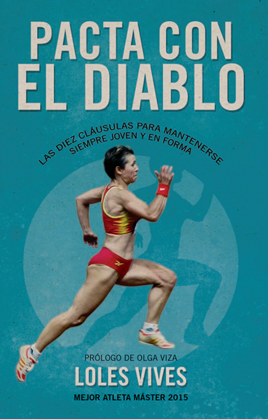
BUSCADOR DE CATEGORÍAS
BUSCADOR POR MES
ÚLTIMOS TWEETS
Tweets por @martiperarnauSÍGUENOS EN FACEBOOK




